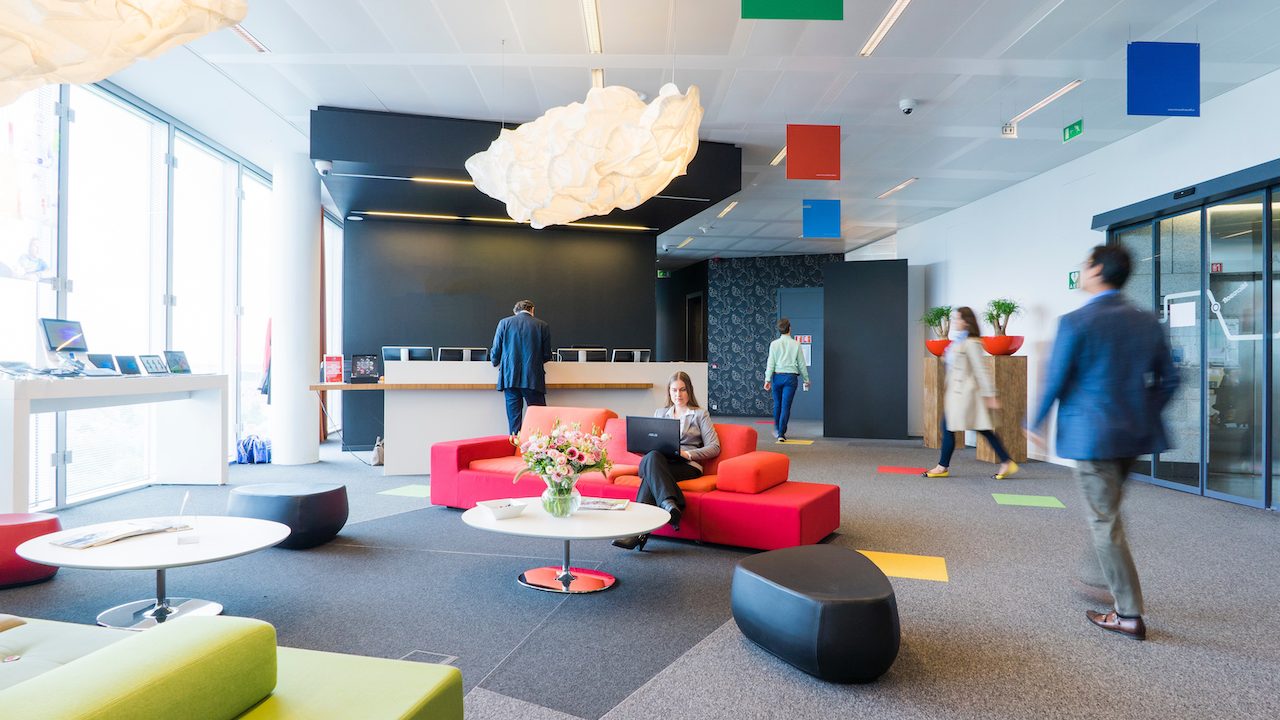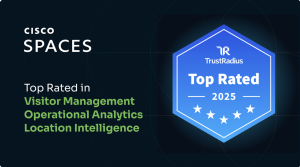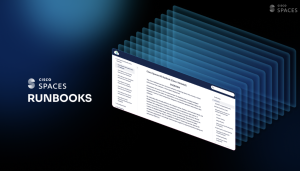
The modern office is constantly evolving. But with the onset of the pandemic, organizations were forced to reimagine the way they functioned, overnight. With employee safety as a top priority, the WFH (Work From Home) model kept economies afloat, while cutting down on overheads and carbon footprint. This new model also offered employees a greater work-life balance.
Now, as we return to the traditional office model, these priorities remain, making it imperative to create workplaces that are hybrid. A hybrid workspace is one that combines elements of an open plan office and a private office such as a home office.
How do you stand to benefit from Hybrid Workspaces?
Increased Productivity:
With the freedom to choose when they work remotely and when they work from the office, employees avoid distractions and the hassle of daily commute. In addition, with fewer staff working from offices, employers can significantly reduce health and safety hazards. Digitizing your workspace ensures that employees who are shuttling between both, can do so seamlessly. This can be achieved with the use of IoT devices integrated with your wireless network. Employees can receive real-time information on the availability of common resources, and also keep tabs on metrics like temperature, air quality, etc. In bigger spaces, interactive displays can help guests navigate your premises with ease. All of this enhances employee experience and contributes to an overall increase in productivity.
Reduced Overheads:
A hybrid workplace is ideal to facilitate remote working. By bringing down the number of employees working from the office, you also bring down administrative overheads, thereby cutting costs and reducing your carbon footprint. You can also leverage historic space usage data to your advantage. Usage data can help you determine how your workspace is being utilized, and understand usage patterns of meeting rooms and assets. This can help you identify underused areas, reconfigure space to maximize utility and minimize wastage.
Increased Employee Retention Rates:
A hybrid workspace is all about flexibility, efficient time management and increased safety. All of them contribute towards enhancing an employee’s work-life balance. This translates effortlessly into more engaged workforce and increased employee retention rates, that cut down on productivity losses and hiring expenses.
How do you build a Hybrid Workspace?
STEP 1. Understand your employees’ needs
The first step in the process of building a hybrid workplace, is to list out the requirements of your office. Depending on the nature of work, you may want fewer or more employees to be physically present in the office. This in turn would dictate the infrastructure required, such as conferencing facilities, electronic and physical assets, networking and IT services. A simple and thorough way to get to know employee requirements is through interviews and surveys. These are also effective ways to identify areas where efficiency can be improved. The goal is to streamline workflow while eliminating redundancies and equipping your workforce with all the right tools for the job.
STEP 2. Bridge the gap between office and remote employees
The key to a successful hybrid workplace is to ensure equity, engagement and ease of working, among all employees. Care must be taken to see to it that there is an even distribution of remote working among the entire workforce, without compromising on organizational requirements and targets. It also becomes imperative to ensure that remote employees and those working in office can connect effortlessly. Communication, networking hardware and software that is tailored to the requirements of your organization plays a big part here.
STEP 3. Keep work policies in mind
By now, you already have a clear picture of the nature and quantities of assets your workplace requires, the size and number of facilities for conferencing, meetings, and also the number of workstations and other infrastructure. The final step is to deploy these assets and infrastructure in a way that enables your employees to comply with policies such as social distancing and eco-friendly work practices.
The future of the workspace is now
The focus on health, safety and consciousness in the modern office has resulted in a hybrid model that maximizes the use of technology. And we at Cisco Spaces have created hybrid workspace solutions that not only ensure these parameters, but go beyond, making workplaces smart, efficient and interactive too.
Our smart solutions like real-time occupancy and environmental monitoring enhance the experience of employees and visitors. They also help in understanding energy utilization and defining parameters through which you can make your premises an energy conscious space. Our contact tracing tools help in rapid response in case of safety incidents. With IoT devices, you can manage company assets more efficiently. And through contactless engagement, you can onboard visitors seamlessly and also send real-time updates, alerts and notifications to employees.




